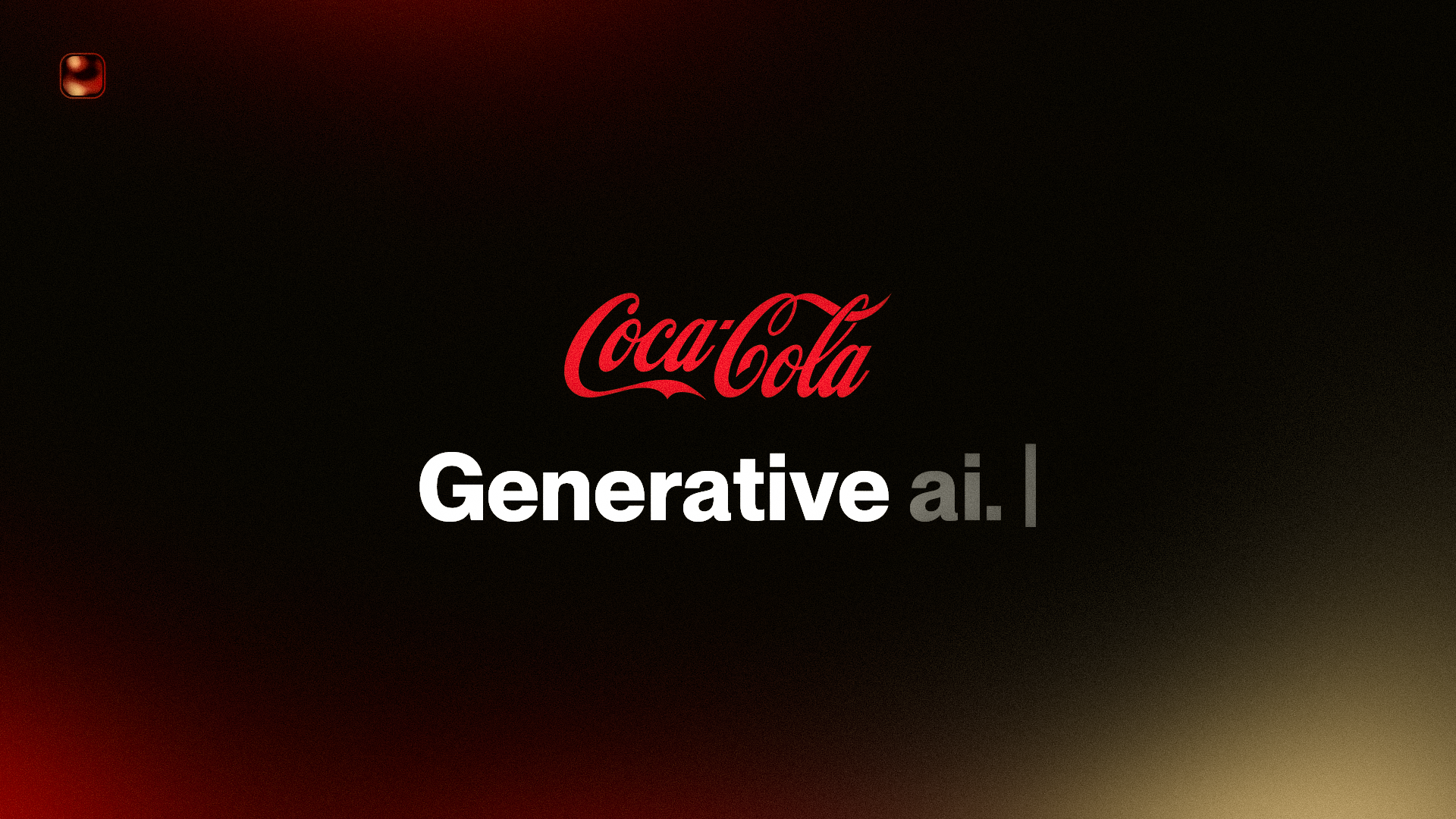
The Bright and Dark Sides of Generative AI: A Comprehensive Exploration
(Updated Aug 29, 2023)
Generative Artificial Intelligence (AI) has displayed tremendous potential in transforming various industries by generating human-like content in the forms of images, text, and music. However, this powerful technology also comes with ethical and legal concerns that need addressing. This blog post intends to provide a balanced perspective on the bright and dark sides of Generative AI, demonstrating its potential and pitfalls through real-world examples, code snippets, and critical analysis.
#The Bright Side of Generative AI
[ Enhancing Creativity and Building Amazing Experiences ]
Generative AI has demonstrated its capacity to enhance creativity in various sectors. Coca-Cola is pushing forward in its efforts to position itself as a creative pioneer in the emerging field of generative AI. The company recently launched its Real Magic Creative Academy. Their vision is to strengthen the relationship between artists and AI technology, creating a symbiotic ecosystem that fosters innovation and drives transformative marketing experiences. The company used Stable Diffusion to generate a series of unique yet aesthetically pleasing images for their campaign. Here's the latest ad Coca-Cola published on its official Youtube Channel. It's made using Generative AI..
[ Text Generation: Writing like Humans ]
Generative AI has significantly impacted the realm of natural language processing (NLP). GPT, developed by OpenAI, is an example of a generative model that can produce human-like text. It's a transformer-based model that learns to predict the next word in a sentence, given the previous words.
1. Set up your OpenAI API Key
- If you don't already have an API key, sign up for access to the OpenAI GPT-3 API on the OpenAI website.
- Once you have an API key, make sure to keep it secure.
2. Install the OpenAI Python Package
You can use pip to install the OpenAI Python package:
pip install openai
3. Use the OpenAI API to Generate Text
You can create Python scripts to interact with the OpenAI API and generate text using GPT-3. Here's a basic example:
import openai
# Set your API key
api_key = 'YOUR_API_KEY'
# Initialize the OpenAI API client
openai.api_key = api_key
# Define a prompt for text generation
prompt = "Once upon a time,"
# Generate text using GPT-3
response = openai.Completion.create(
engine="text-davinci-002", # You can choose a different engine based on your requirements.
prompt=prompt,
max_tokens=100, # Adjust this based on the desired length of the generated text.
)
# Extract the generated text from the response
generated_text = response.choices[0].text
# Print the generated text
print(generated_text)
[ Music Generation: Creating New Soundscapes ]
In music production, Generative AI opens up a whole new world of possibilities. Models such as the Music Transformer and Variational Autoencoders (VAEs) have enabled AI to capture the complexities of musical structures. Such models are trained on datasets to produce an output. Deep learning frameworks like TensorFlow, PyTorch, and Keras are commonly used for training generative AI models.
#The Dark Side of Generative AI
[ Deepfakes: A Threat to Privacy and Authenticity ]
Deepfakes, generated by GANs (Generative Adversarial Networks), are AI-created images or videos that realistically replace a person's likeness with another. While it has benign uses like in filmmaking, the technology poses serious threats to privacy and authenticity.
[ Copyright Infringement and Intellectual Property ]
Generative AI's ability to create human-like content raises questions about intellectual property rights. For instance, if an AI creates a piece of music or a painting, who owns the rights to that creation?
[ Bias in Generated Content ]
Generative AI models learn from data, and if this data contains biases, the models can inadvertently perpetuate these biases. This has serious implications, especially when these models are used in sensitive applications such as hiring or loan approval.
#Conclusion
Generative AI offers tantalizing possibilities, from creating awe-inspiring art to generating human-like text and music. However, it also brings forth a range of ethical and legal dilemmas. As we continue to unlock the potentials of Generative AI, it is imperative that developers, lawmakers, and society at large engage in open dialogue to navigate the challenging landscape# The Bright and Dark Sides of Generative AI: A Comprehensive Exploration
Generative Artificial Intelligence (AI) has displayed tremendous potential in transforming various industries by generating human-like content in the forms of images, text, and music. However, this powerful technology also comes with ethical and legal concerns that need addressing. This blog post intends to provide a balanced perspective on the bright and dark sides of Generative AI, demonstrating its potential and pitfalls through real-world examples, code snippets, and critical analysis.